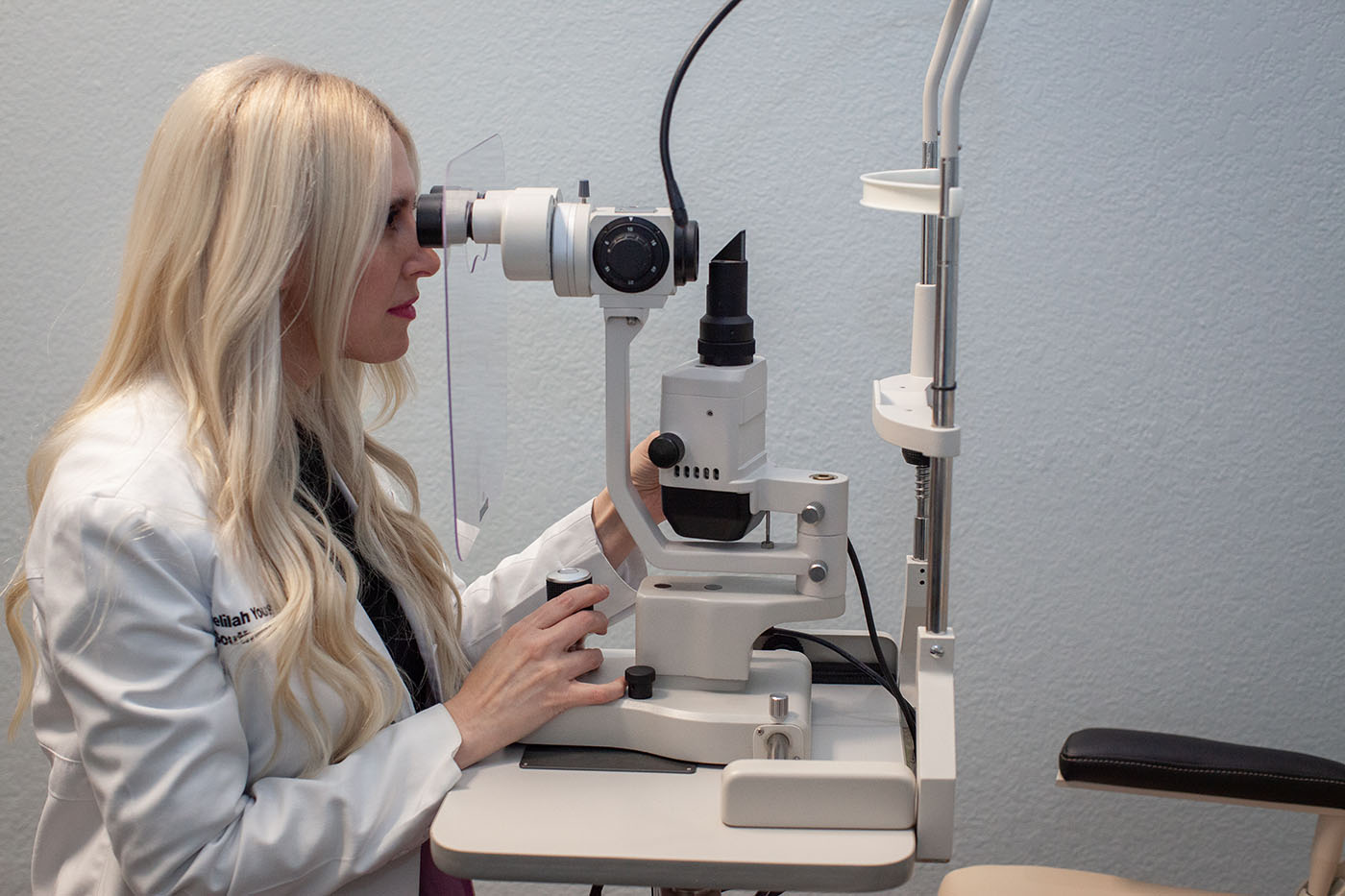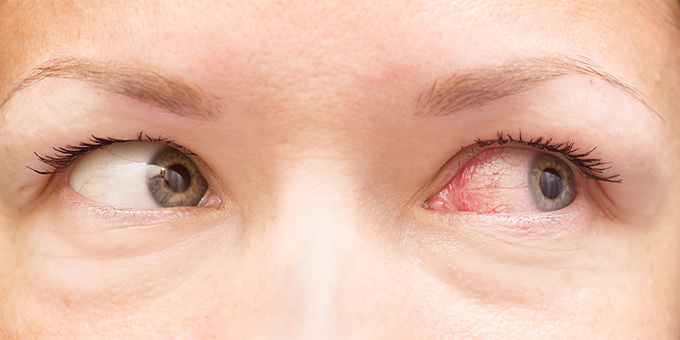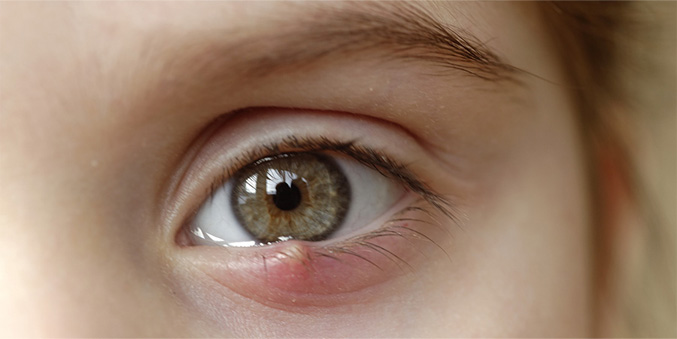Pink Eye Evaluations: allergies, styes, corneal ulcers
Allergies
We are lucky to live in the Austin area, but it is not called the “Allergy Capital of the World” for nothing.
Ocular allergies, or allergic conjunctivitis, is one of the most common ocular surface diseases in primary eye care. Seasonal allergic conjunctivitis and perennial allergic conjunctivitis alone make up 95% of all allergic conjunctivitis in the U.S.
The doctors have the most up-to-date testing and treatments for ocular allergies, most of which have come out in the recent year. Most often allergy symptoms can exacerbate chronic dry eye so conjunctive treatments are important.


Infections
- Bacterial conjunctivitis is an infection most often caused by bacteria from your own skin or respiratory system. Insects, physical contact with other people, poor eyelid hygiene. Contact lens wearers are at a higher risk for bacterial corneal infections, so it is very important to follow your doctors’ prescribing instructions and maintain proper contact lens care and cleansing.
- Viral conjunctivitis is commonly caused by contagious viruses associated with the common cold. It can develop through exposure to the coughing or sneezing of someone with an upper respiratory tract infection. Viral conjunctivitis can also occur as the virus spreads along the body’s own mucous membranes, which connect the lungs, throat, nose, tear ducts and conjunctiva. Since the tears drain into the nasal passageway, forceful nose blowing can cause a virus to move from your respiratory system to your eyes.
Stye
A stye is an infection of the eyelid glands caused by the normal bacterial that live on your eyelashes and skin, usually resulting in pain, swelling, and redness. Treatment includes warm compresses and antibiotics. These treatments usually take 1-2 weeks for complete resolution. Do not attempt to squeeze or drain the stye yourself as this can worsen the infection and spread throughout your lid and face.
The doctors at Southwest Vision have invested in the most innovative technology and there is now a non-invasive in office procedure to quickly shrink or rid the stye via Intense Pulsed Light (IPL) therapy with an Optipen.This procedure usually rids the stye within hours but may take a few days for some patients.
